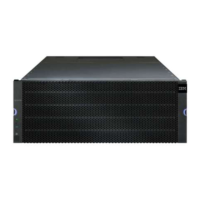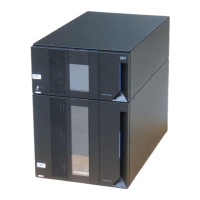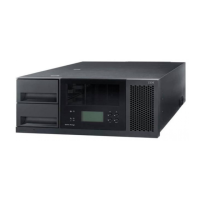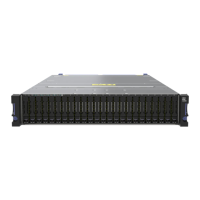Table 4-2. Maximum Number of Disk Drives (continued)
Controller
Model
10-Disk Drive
Expansion
Drawer
12-Disk Drive
Expansion
Drawer
14-Disk Drive
Expansion
Drawer
16-Disk Drive
Expansion
Drawer
12– or 24–Disk
Drive
Expansion
Enclosure
60-Disk
Expansion
Enclosure
DCS3700
storage
subsystem
with
Performance
Module
Controllers
360
DS3950 112
DS4200 100-110
1
112
DS4300–SCU 14
DS4300 112 100-110
1
DS4500 220 224 224
DS4700 112 112
DS4800 224 224
DS5020 112
DS5100 448
2
480
DS5300 448 480
1
Requires a controller for version 7.77.xx.xx and later. The 192 disk drive support premium feature must be
purchased to increase the maximum number of drives supported from 96 to 192.
2
A 448 disk drive support premium feature must be purchased to increase the maximum number of drives
supported in a DS5100 subsystem from 256 to 448.
Hot Spares
A hot spare is a disk drive that acts as a standby in the event that a disk drive containing data fails. The
hot spare is a disk drive that has not been assigned to a particular subsystem and, as such, can be used
in any subsystem. You can use the hot spare feature with RAID 1, RAID 3, RAID 5, or RAID 6 for
subsystems. This concept is not applicable for disk pools. Disk pools have reserve capacity for
reconstructed data.
Note: Some DS3000 and DS4000 controller firmware versions do not support RAID 6. (Firmware version
7.3x.xx.xx for the DS5000 supports RAID 6.) For more information, see the DS3000 and DS4000 controller
firmware readme files or the interoperability matrices.
If a disk drive in an subsystem fails, the controllers automatically replace the failed disk drive with a hot
spare. The controllers use redundancy data to reconstruct the data from the failed disk drive onto the hot
spare. To be most effective, the disk drive that you assign as a hot spare must have a capacity equal to or
greater than the capacity of the largest disk drive in the storage subsystem. The hot spare must be the
same type of disk drive as the disk drive that failed (for example, a Serial Advanced Technology
Attachment [SATA] hot spare cannot replace a Fibre Channel hot spare).
You can assign disk drives to act as hot spares manually or have the script commands automatically
assign hot spares. If you manually assign a disk drive to be a hot spare, you must identify the disk drive
by enclosure ID and slot ID. When you let the script commands automatically assign hot spares, you
must enter the number of hot spares that you want in the storage subsystem. The maximum number of
hot spare disk drives per storage subsystem is 15.
Chapter 4. Configuring a Storage Subsystem 4-9

